For decades, EmptyLegs.net has been providing cost-effective private air charter solutions for clients looking to fly in luxury without breaking the bank. 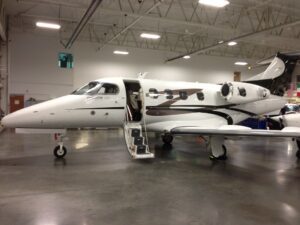
Our expertise lies in leveraging repositioning flights—when private jet and turboprop operators need to move their aircraft from one location to another. By matching these flights with flexible travelers, we make private aviation affordable, often saving our clients thousands of dollars.
As a dedicated private flight department for our clients, we work around the clock, 24/7, 365 days a year, securing the best flight deals and ensuring seamless travel experiences. Acting as bona fide agents, we prioritize our clients’ interests, finding the most cost-effective and convenient private flights. Importantly, all agreements are made directly between our clients and the air charter operators, ensuring both safety and financial security in every transaction.
We specialize in flights across the United States and particularly throughout the Caribbean. Our team has extensive experience coordinating flights to and from Bimini and the Bahamas, making us the go-to experts for travel in the region. With Miami and Fort Lauderdale as our home bases, we provide unparalleled access to these popular destinations. Safety is our top priority—we only work with operators that meet the highest safety ratings, including Wyvern and ARGUS certifications for private air charter.
For those new to private air travel or seeking an alternative to the frequent delays and safety concerns of commercial flying, EmptyLegs.net offers an accessible and hassle-free solution. We do not require costly memberships or flight card commitments—simply reach out with your private air travel needs via email, phone, or text, and we’ll handle the rest.
We update available one-way flights weekly, offering incredible deals on private travel both domestically and internationally. If a client’s travel needs don’t align with an existing empty leg flight, we can also arrange a discounted one-way or round-trip air charter. Our mission is to make private air travel affordable while delivering an exceptional experience.
Ready to Fly Private for Less? If you’re tired of commercial airline delays and looking for a smarter way to fly private, contact us today. Visit EmptyLegs.net to explore available flights or reach out directly to discuss your next trip.



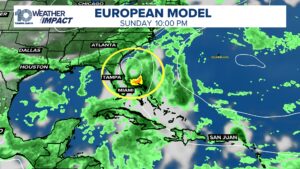
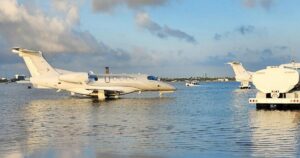
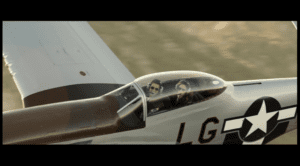
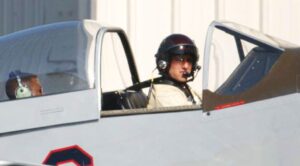

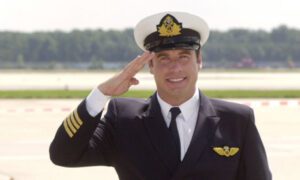
 g himself to filming locations. His personal fleet includes several jets, and he even has a customized Boeing 707, which he named “Jett Clipper Ella” after his children.
g himself to filming locations. His personal fleet includes several jets, and he even has a customized Boeing 707, which he named “Jett Clipper Ella” after his children.
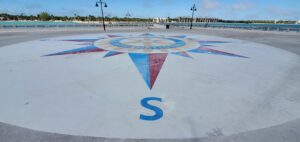

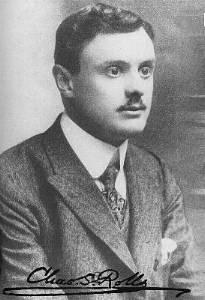
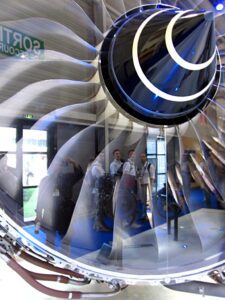
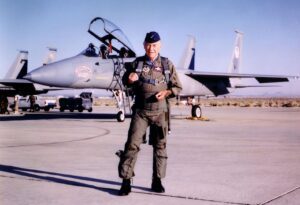

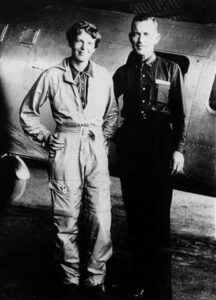


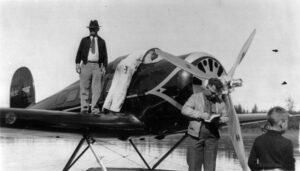 Contributions to Aviation:
Contributions to Aviation: